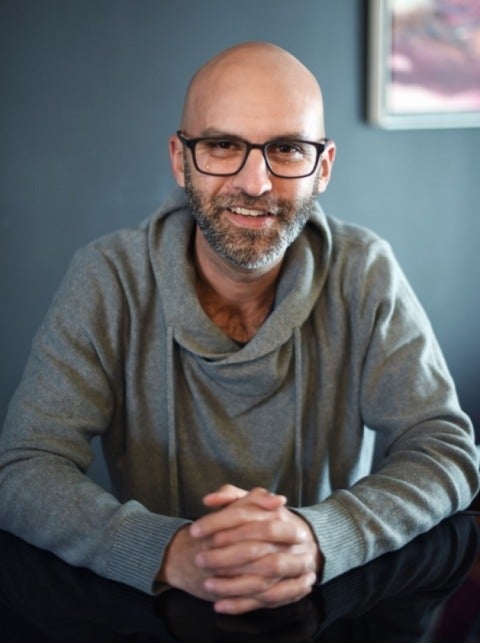Landau-Zener tunneling: from weak to strong environment coupling
Presenter: Xi Dai (PhD Candidate, Physics and Astronomy – Quantum Information)
Landau-Zener tunneling, which describes the transitions in a two-level system during the passage through an anti-crossing, is a model applicable to a wide range of physical phenomena. Dissipation due to coupling between the system and environment is an important factor in determining the transition rates. Using a superconducting tunable capacitively shunted flux qubit, we observe the crossover from weak to strong coupling to the environment.
